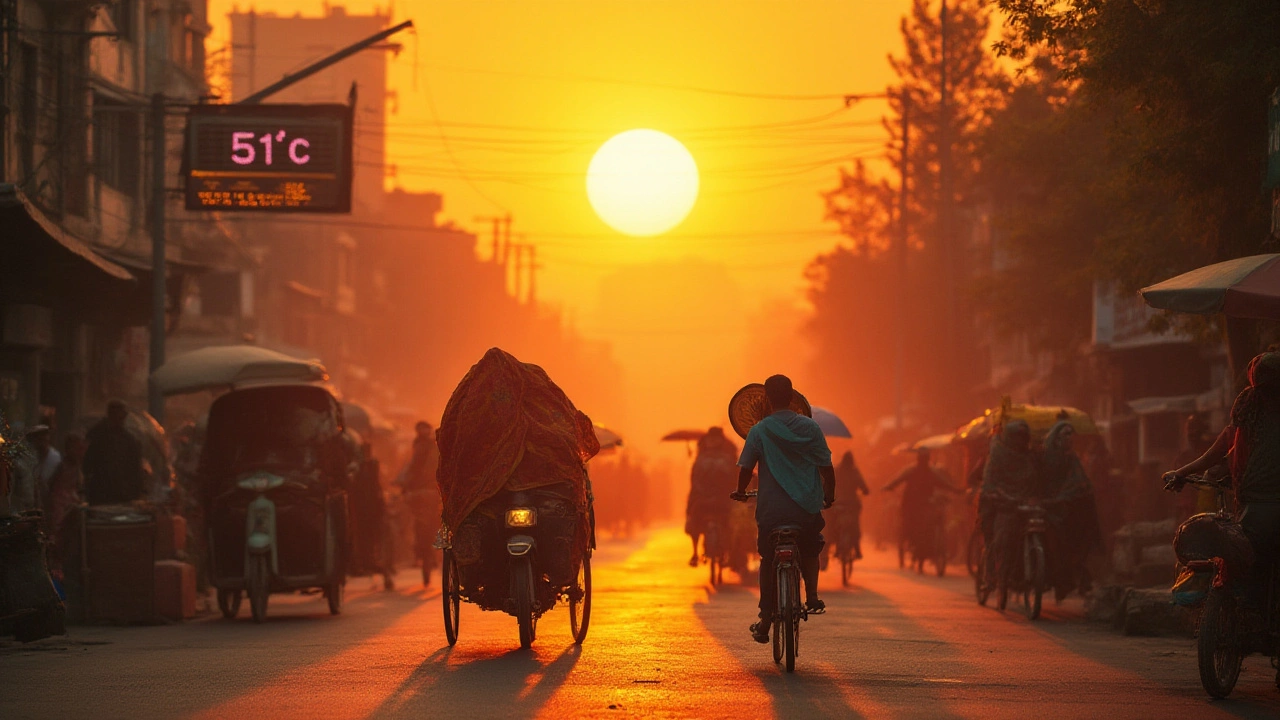India Climate Extremes: What You Need to Know
India’s weather can swing from scorching heat to bitter cold in a matter of weeks. Those swings aren’t just news headlines – they affect how people work, travel, and stay healthy. If you’re planning a trip, moving to a new city, or just curious, this guide breaks down the biggest climate extremes and what they mean for you.
Heatwaves and Their Impact
During summer, many parts of India see temperatures climb above 45°C (113°F). Cities like Delhi, Rajkot, and Jodhpur often break heat records. The heat does more than make you sweat; it spikes electricity demand, strains water supplies, and can cause heat‑related illnesses.
What can you do? Stay hydrated with water or electrolyte drinks, wear light cotton clothes, and avoid outdoor activities between 11 am and 4 pm. If you work outdoors, ask your employer for shaded breaks and cooling stations. Simple steps like using a wet cloth on your neck can lower body temperature fast.
Heatwaves also hit crops hard. Wheat and pulses can lose yield, leading to higher food prices. Knowing the season’s heat pattern helps farmers plan sowing dates or switch to heat‑tolerant varieties.
Cold Waves and Flood Surprises
When winter rolls in, the northern plains and Himalayan foothills can drop to near‑freezing or lower. Places like Delhi, Lucknow, and Srinagar sometimes record sub‑zero nights. Cold snaps bring health risks such as flu, asthma attacks, and frostbite for those unprepared.
Layered clothing, keeping homes insulated, and using heaters safely are key moves. Warm drinks and soups help maintain body heat, but avoid too much caffeine as it can dehydrate you.
At the same time, the monsoon season (June‑September) can unleash sudden, intense rainfall that turns streets into rivers. Floods damage homes, ruin roads, and disrupt power. Even coastal states like Kerala and West Bengal face cyclone‑driven surges that raise water levels quickly.
Preparing for floods means keeping an emergency kit ready – torch, batteries, dried food, and important documents in waterproof bags. Listen to local weather alerts and move to higher ground if authorities issue evacuation orders.
Both cold waves and floods can affect travel plans. Trains may be delayed, flights canceled, and roads closed. Checking real‑time updates before you head out can save you time and stress.
Understanding India’s climate extremes helps you stay safe and plan smarter. Whether you’re a student, a professional, or a traveler, these tips give you a practical edge when the weather goes wild.
